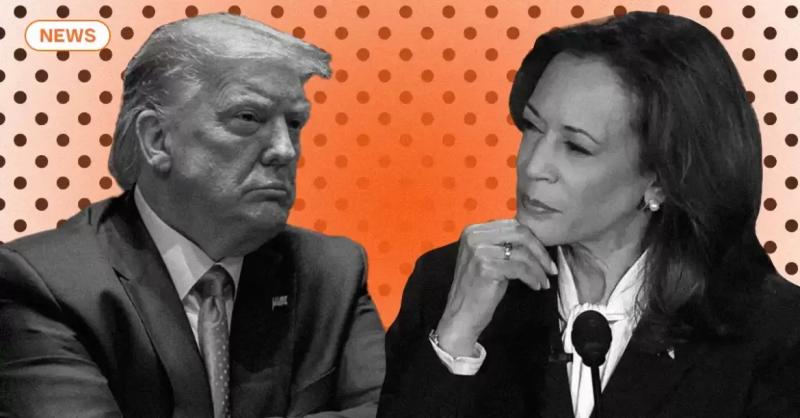
3 communication lessons from the Harris-Trump presidential debate
0
Published by Inc a selection of tips on leadership communication. The example of the presidential debate between Trump and Harris was taken as a basis. Here is an adapted translation.
What happened
The other day there was a presidential debate between Vice President Kamala Harris and former President Donald Trump. For 90 minutes, the leaders delivered their messages, argued and practiced their communication skills (or not).
Management communication coach Andrea Wojnicki analyzed the tactics used by both candidates in their communication, messages and body language. And based on this, she formulated three main lessons from the Harris-Trump debate – how to improve your communication presence.
Monitor how much you speak. But consider the context
In most conversations, excessive talkativeness is a communication error. The general rule is to say less than necessary. During a tete-a-tete meeting, try to occupy no more than 50% of the “air time”. In a group of five people – no more than 20%. It's important to balance the conversation, encourage collaboration, and avoid “grabbing the mic.”
But when it comes to debate, the rules change. Airtime is an asset. In this case, Harris spoke for 37 minutes, while Trump spoke for more than 42 minutes, giving him a five minute or 14% advantage in speaking time. In high-stakes situations like this, a longer speech can be a strategic move. So always consider the context.
Eye contact builds trust. Even in front of the camera
Eye contact is a powerful tool for building trust. Research shows that we look people in the eye longer when we like them. Likewise, we trust people who maintain eye contact with us longer.
But when you're speaking to an audience through a camera, the rules change a bit. The trick is to look directly into the camera to simulate eye contact with the audience, especially when making key points.
In the debate, Harris did well: she looked directly into the camera, connecting with voters and building trust. Trump, on the other hand, often looked at the moderators, his opponent or down, which weakened his connection with the audience.
Focus on others
Empathy is the cornerstone of leadership communication. In every message, make sure your audience knows you care about their needs, challenges, and goals. Focusing on others shows empathy and signals that you're not just looking out for your own interests.
During the debate, Harris skillfully balanced talking about voters, her opponent, and herself. Trump's messages, meanwhile, have been largely self-focused, and Harris pointed out: “The only thing you won't hear from him is about you. You won't hear him talk about your needs, your dreams, and your desires. And I will tell you that I believe you deserve a president who actually puts you first.”
Instead of a conclusion
Communication is both strategy and execution. Whether you're vying for the presidency, leading your organization, or a weekly meeting, mastering your communication style can give you an edge. By monitoring how much you speak, using eye contact, and focusing on others, you can gain the trust and respect of those you lead.









Leave a Reply